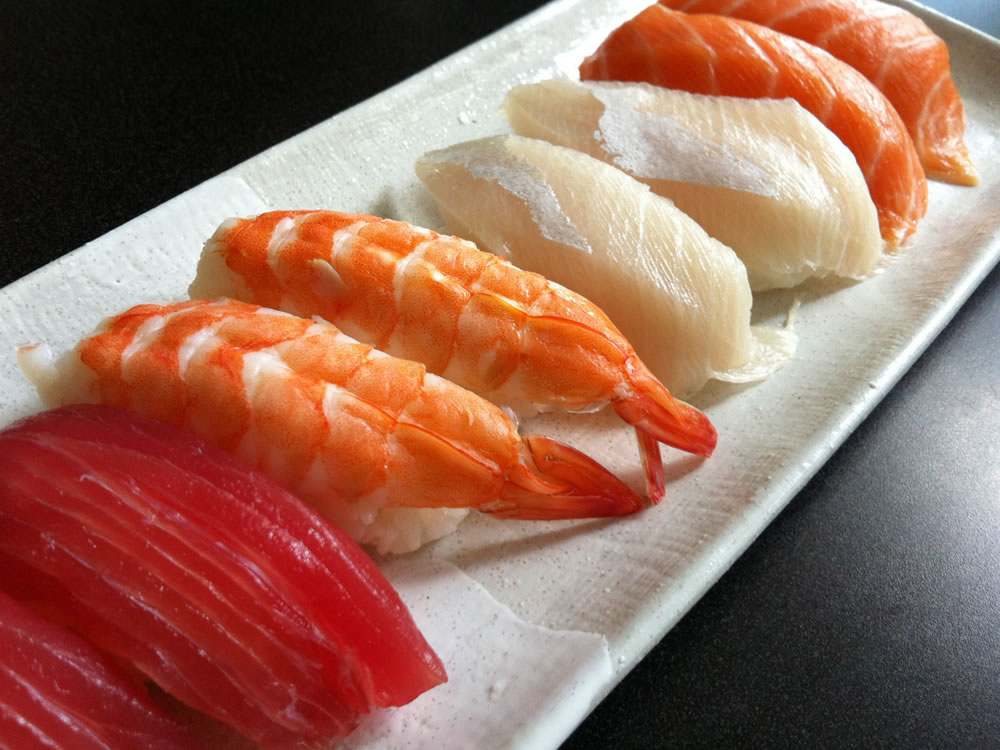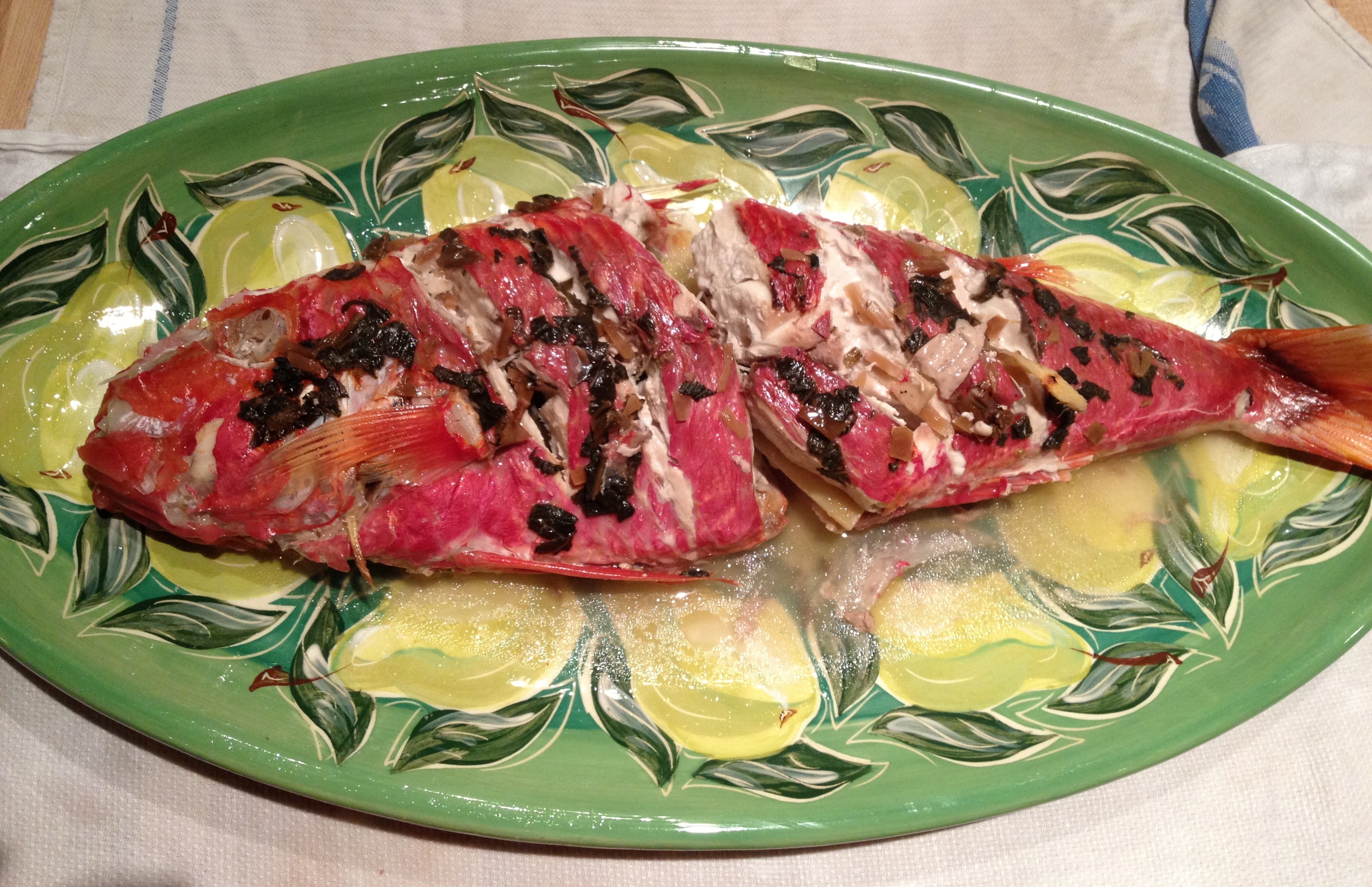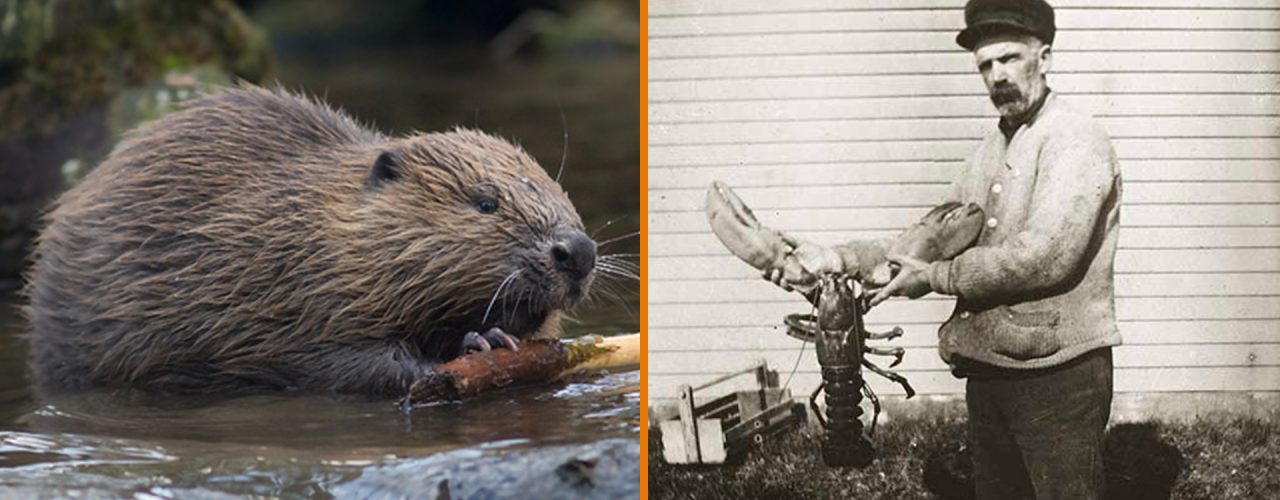The invention of the steam engine, the wheel, and the plane; all of which act as great achievements and landmarks in human history, if not just revolutionary inventions. But with all these great things, there also exists a weirdness to the history that is almost hard to believe, such as the ancient romans rather peculiar method for cleaning teeth, or Stalin’s pre-photoshop methods for removing undesirables from his photos.
On that note, today I aim to present to you something that touches on less of the more commonly known pieces of trivia from history and more on the weird and lesser known facts. Particularly on that of seafood! I mean, who doesn’t like seafood? It’s delicious, somewhat affordable, sort of safe, and it keeps your belly full; so what better than to read up on crazy historical facts about it as well?
From ancient rome to dynasty China, these 5 strange historical facts about seafood will certainly leave you bamboozled!
5. Lobsters were once a food for the impoverished class

The year is 1833, in the warm countryside of North America, particularly that of Maine. The local warehouse workers have just came back from a hard day of back breaking work; toiling under the hot sun, moving crates of whatever shipment came in the night before. One of these farmers, a rather stern man sits down at the dinner table in his quaint little homestead, where his wife is preparing dinner. “Same as yesterday?” the man says, to which his wife replies “yep, lobster again”. The man lies forward, head on the dinner table, letting out a groan of disappointment.
Such, was the reality of life of the lower class in the time prior to the mid 19th century, eating that measly crustacean day by to day; much to the displeasure of many folk. Okay, perhaps that was a bit of an exaggeration, but the fact of the matter was that the lobster; a seafood used in dishes with prices of up to $2000, was almost considered a food for commoners, and not the expensive overly glorified shellfish consumed by high class jabronis in 5 star restaurants. In North America, lobsters were viewed as such a plentiful and worthless creature that many would rather use them for menial means such as bait or even fertilizer. Residents would even bury the lobster remains after meals instead of putting them in the trash, with fear that neighbours or dumpster divers would find them.
4. Goldfish are only around because of a naming taboo in Ancient China

If you didn’t guess from the title of this entry, the goldfish was not the product of natural evolution, but rather the result of a peculiar rule implemented in Ancient China. The rule; which stated that anything that sounded like the emperor’s name could not be kept in captivity nor killed, made the farming of the common carp quite the difficult task, as both the Chinese word for said fish and name of the ruling family in the 7th to 10th century were very similar in pronunciation and sound. But rather than stifle production of fish entirely, it instead prompted farmers to get a bit smart with the way they raised and cultivated fish. Polyculture; which in farming and agriculture means to grow and raise different species of crops within the same land was applied, except towards fish in order to meet the demand that still existed when the common carp was banned. This meant that farmers would breed multiple different species in the same pond, eventually resulting in the eventual mutation and spawning of the goldfish. Guess you could say it’s a happy accident?
3. The popularization of Nigiri-Zushi in Japan was due to a major earthquake

Nigiri-zushi, otherwise known as those delicious handcrafted slabs of rice, firmly paired with a piece of fish on the top can owe a lot of its popularity and longevity into the modern world towards a rather tragic incident in Japanese history. Early 20th century japan was not as developed as the Japan we see today, and consequently, sushi as a commodity was limited to mostly nomadic vendors and food stalls which served it on the streets of Tokyo (then called Edo). However, after the disastrous 1923 earthquake of Kanto, many of these vendors and sushi chefs dispersed all over the island of Japan, eventually popularizing and making the dish more accessible all over the nation. Nothing better than a major disaster to really set off a bustling industry!
2. The Beaver was once classified as a fish in the 17th century amongst members of the Roman Catholic Church

While this may not be technically considered as seafood trivia, it definitely is one of the most outlandish historical facts I’ve come across regarding what people once thought of as seafood. In the early 17th century, Dietary laws instituted by the catholic church stated that on Friday, the consumption of meat was prohibited, and therefore only fish and vegetables were what people were allowed to have. In other words, people were pescatarian for a day. But when a question was raised asking whether or not beavers classified as a fish by a Canadian bishop (due to features like their “scaly tale” and aquatic habitat), the catholic church deemed them as so on account of all of these features. Similarly, the animals of the capybara as well as the muskrat were deemed as fish as well; effectively creating a loophole for catholics who thought that maybe they weren’t in the mood for trout and potatoes on a Friday night.
1. Goatfish was left to die on the dinner table in Ancient Rome

A worthy spot for this entry, the goatfish while known for its awful name, is also famous for its ability to exhibit a vibrant red colour upon being taken out of water and slowly left to die. A characteristic that was exploited by the ruling and upper class in ancient Rome, the goatfish was once considered a keystone of luxury, being served on dinner straight out of the water. And no, that wasn’t a figure of speech; the fish was actually taken straight out of its captive aquarium and placed onto a plate of garum sauce, a type of fermented fish sauce that originated in ancient Greece (and had a rather nasty smell to say the least; so much so that it was banned from production inside the city). While a rather visceral spectacle to say the least, the practice of seeing a fish die in agony at the dinner table was slowly put to an end, and things went back to normal at the dinner table; well mostly.
Interested to learn more about seafood and delicious cuisine? The dailyWOW team covered a story on a claw machine that catches live lobster for you!
They also covered a story on insect sushi—a crazy combination!
For more WOW content, make sure to check us out on our Facebook, Youtube, Instagram, and Twitter platforms.
Author: Gerald Wan Anyi







